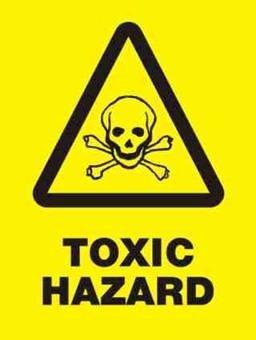
 It’s happening, and I can hardly contain my excitement! The things we’ve been working toward-namely, getting toxic ingredients out of our personal care products-are starting to come around. And guess who’s leading the latest charge? Canada!
It’s happening, and I can hardly contain my excitement! The things we’ve been working toward-namely, getting toxic ingredients out of our personal care products-are starting to come around. And guess who’s leading the latest charge? Canada!
That’s right, The David Suzuki Foundation in Canada recently released a report calling for changes to Canada’s cosmetic regulations. Their survey showed that over 80 percent of the personal care products examined contained at least one of the “dirty dozen” toxic ingredients linked to environmental and health problems.
Those ingredients included: BHA/BHT, P-phenylenediamine, DEA, dibutyl phthalate, formaldehyde-releasing preservatives, parabens, fragrance, PEGs, petrolatum, siloxanes, sodium laureth sulfate, and triclosan. (See our Ingredients to Avoid list for more information on some of these chemicals.)
“Clearly, we need more effective regulatory action to keep these potentially harmful chemicals out of consumer products,” said Lisa Gue, environmental health policy analyst with the foundation.
Problems highlighted by the report include labeling. Researchers were unable to locate ingredient lists for over 1,000 of the surveyed products! And of course, as in the United States, manufacturers are not required to reveal the ingredients present in their “fragrances” (or “parfums,” as they’re listed in Canada), even though that one word could stand for a myriad of chemicals. No surprise then that most of the survey respondents said that Canada’s cosmetic labeling laws should be strengthened.
“Cosmetic manufacturers should be required to specify which chemicals they use as fragrance ingredients,” said Gue, “and potentially harmful ingredients should be replaced with safer alternatives.”
The report recommends strict labeling regulations, which would include identifying potentially hazardous ingredients with a standardized system of warning labels. It also proposes pre-market approval of the chemical composition of cosmetics, and asserts that the public should have access to an online searchable database of information submitted by manufacturers. It goes on to say that companies should be required to disclose specific fragrance ingredients, and should be restricted in their use of the terms “organic” and “natural.” Finally, it advises the public to continue to read labels carefully, and to try to cut down on the amount of products used on a daily basis.
Why am I so excited about this? This report has brought the issue of toxic ingredients in our personal care products front and center in the minds of many Canadians-and many Americans, too. It’s powerful reports such as these that will eventually lead to real change in our regulations. That, and the voice of consumers like you who refuse to continue buying products that contain potentially harmful ingredients!
I urge you-keep reading labels, keep learning about ingredients, and point your dollars toward those companies who are making safe products you can feel good about using everyday. The track we’re on is leading toward more sustainable, natural, and good-for-you products that don’t present health hazards, and it’s the companies willing to get on board that will make it to the next healthier destination!
What do you think of this report? Please share!
Photo courtesy health_school via Flickr.com.

